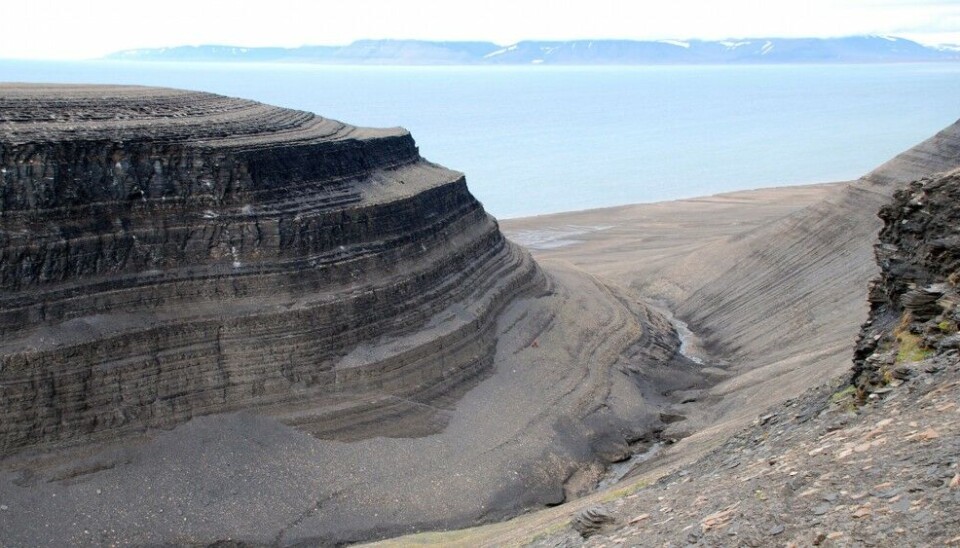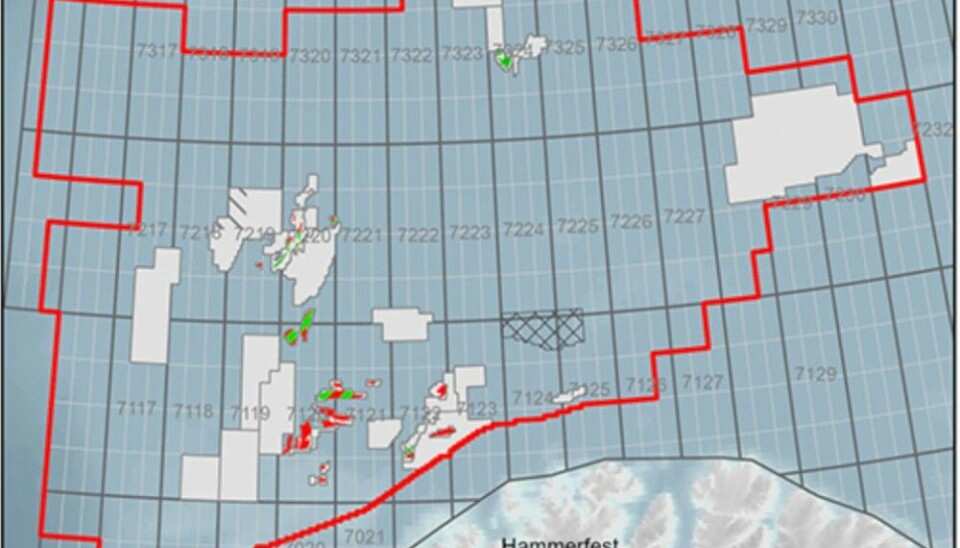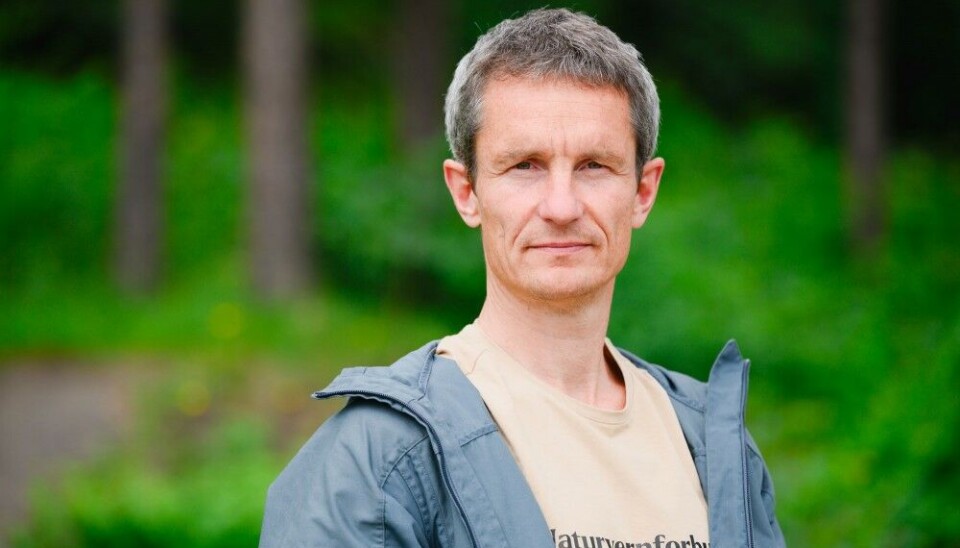
Norwegian oilmen lay out a picture of Svalbard
There is a growing interest in the Barents Sea, the Norwegian Petroleum Directorate says in a statement and pitches a photo from the far northern Svalbard archipelago.
Climate crisis and weather havoc notwithstanding, Norway continues to push for expanded oil and gas drilling. Including in its far northern waters.
The country’s Petroleum Directorate this week announced that 25 companies are ready to take part in an upcoming new license round
The so-called Awards in Predefined Areas (APA) 2023 includes new drilling acreage in areas previously opened for exploration.

The Barents Sea is a main priority area in the new license round. A total of 78 blocks in the far northern waters are on offer. In addition come 14 blocks in the Norwegian Sea.
Judging from the maps distributed by the Directorate, the northernmost blocks are located at 74° North, the same parallel as the Bear Island.
“We see an increased interest in the Barents Sea this year,” says Kalmar Ildstad, Director licence management in the Petroleum Directorate.
“It’s gratifying to note the continuing significant interest in investigating new exploration acreage among almost all active companies on the Norwegian contintental shelf,” he underlines.
Illustrating its Arctic focus, the Directorate in its press release features a photo of the Egde Island in Svalbard. The island is the third biggest in the Arctic archipelago and has status as protected nature reserve.
Norway has no plans to open up for oil drilling at Svalbard. Nevertheless, several of the blocks included in the 2023 Awards in Predefined Areas (APA) are located very close to the Svalbard Fishery Protection Zone, the 200 nautical miles zone that surrounds the archipelago.
According to the Directorate, there is no connotation linked with the photo. “It is chosen because it generally is geologically interesting and we picked it as part of an internal photo competition in due time before the application deadline,” says Ola Anders Skauby, Director Communication, public affairs and emergency response at the Directorate.

But Truls Gulowsen, leader of Friends of the Earth Norway, is critical towards the directorate.
“The tendentious use of the Egde Island, which is located far north of areas that are planned opened [for exploration], strengthens the impression that they are doing PR for Arctic oil,” he says in a comment to the Barents Observer.
Norway has over many year gradually expanded Arctic areas available for oil drilling. The aggravating climate crisis and the growing pressure from domestic and international organisations has not made the country’s government back down.
According to Norway’s Minister of Petroleum and Energy Terje Aasland, the expanded drilling is important for the development of the country’s petroleum sector.
“Without exploration and new discoveries, we will neither be able to maintain the production of oil and gas over time or further develop the petroleum sector and all the jobs in the industry,” Aasland says in a statement. He praises the oil companies that are ready to bid for the new licenses.
“It is very good that the oil companies are showing such great interest in the awarding of new production licences and exploration on the Norwegian continental shelf,” he underlines.
Truls Gulowsen believes the words of the Norwegian oil minister are based on an illusion, and that the government “does not tell the truth to the Norwegian people.”
“The claim that there is a “big interest” in the APA [license round] without any other supporting arguments beyond the number of companies participating […], the government indicates that it is more occupied with preserving an illusion about the Barents Sea as attractive petroleum region than telling the truth to the Norwegian people,” he says.















